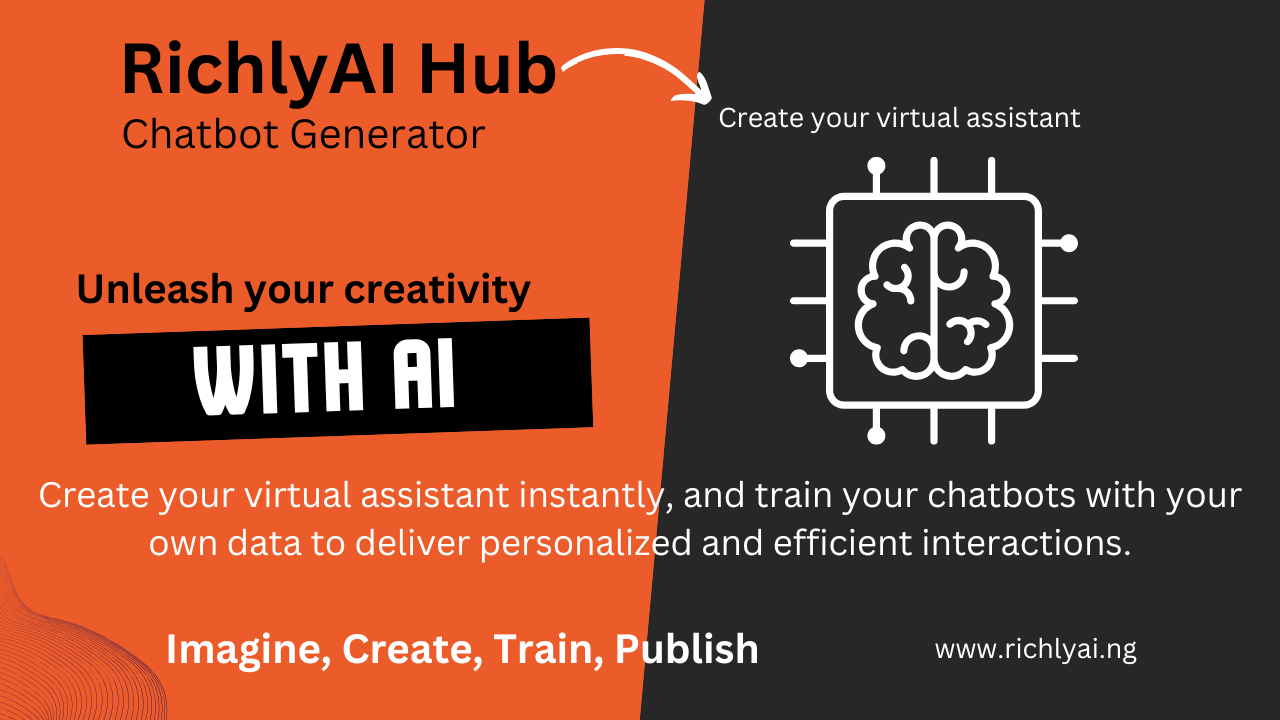
Understanding the Science Behind AI: A Nigerian Perspective
Imagine teaching a child to recognize a ripe mango. You show them many mangoes—some ripe, some unripe—and with time, they learn to pick the best ones. Artificial Intelligence (AI) works similarly, but instead of a child, it’s a computer learning from data (information) to make decisions. Let’s break it down in relatable terms:
1. Data: The Foundation of AI
Just like a market trader uses past sales to predict tomorrow’s prices, AI needs data to learn. This data could be anything:
a. Your phone usage patterns (e.g., when you call or use apps).
b. Photos of crops from a farmer’s phone.
c. Social media posts in Nigerian Pidgin, Yoruba, Igbo, or Hausa.
The more data AI has, the "smarter" it becomes—like a student studying hard for an exam.
2. Algorithms: The “Recipes” for AI
An algorithm is like a step-by-step recipe for party jollof rice. It tells the computer: “If you see X, do Y.” For example:
a. If a customer’s bank transaction looks suspicious (e.g., sudden large withdrawals), flag it as fraud.
b. If a soil sensor detects low moisture, alert the farmer to irrigate.
3. Machine Learning: Learning from Experience
Machine Learning (ML) is like teaching a child to ride a bicycle. At first, they wobble, but with practice, they improve. Similarly, ML lets computers learn from examples:
a. A farmer’s app might analyze weather data to predict the best planting season.
b. A diagnostic tool could learn from thousands of X-rays to spot malaria or tuberculosis.
4. Neural Networks: Mimicking the Human Brain
Your brain has billions of cells (neurons) that communicate to help you think. AI uses artificial neural networks—layers of connected “nodes”—to solve complex problems. Think of it like peeling layers of onion or plantain: each layer extracts deeper details. For example:
a. A neural network might analyze Lagos traffic patterns to suggest the fastest route.
b. It could power voice assistants that understand Nigerian accents.
5. Deep Learning: Solving Tough Problems
Deep Learning is a powerful type of ML with many layers (like a tall stack of akara). It’s used for tasks like:
a. Translating between Igbo and English for apps.
b. Detecting fake news on social media.
How AI Benefits Nigeria Today
a. Healthcare: Apps like Ubenwa use AI to detect baby cries and diagnose birth asphyxia.
b. Agriculture: Tools like FarmCrowdy help farmers predict crop yields using weather data.
c. Language: AI translates Nigeria’s 500+ languages, preserving cultural heritage.
d. Banking: Fraud detection systems protect your BVN and savings.
e. Generative AI Hub like us.
AI Isn’t Magic—It’s Human-Made!
AI doesn’t “think” on its own. It’s a tool built by people, like a hoe for farming or a matchet for cutting. Its power comes from the data we feed it and the algorithms we design.
Final Word: You Can Shape AI!
To build AI that solves Nigerian problems (like traffic in Lagos or rice farming in Kebbi), we need more Nigerians in STEM. Whether you’re a student, trader, or farmer, understanding AI helps you innovate.
Remember: “Na person code am, na person fit change am!”
Let’s embrace AI as a tool for our future! 


